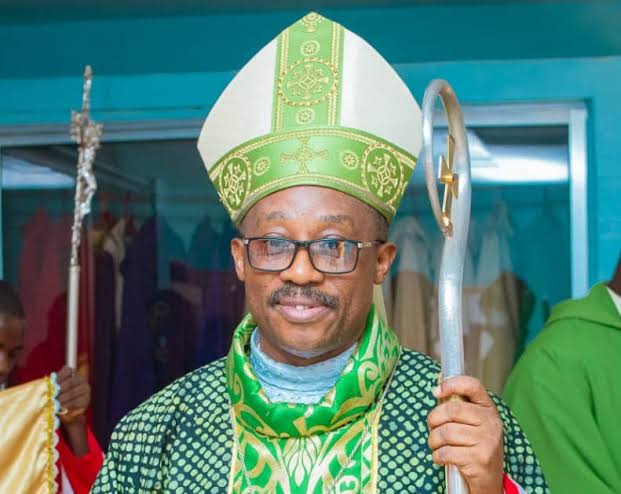By Abimbola Mohammed
Technology has evolved rapidly over the past decade and smart-phones have transformed into powerful devices that allow users to do just about anything. In the same vein, the internet also has changed the way people consume content. Watching videos, listening to music, reading news and articles, shopping, paying bills, banking, searching and applying for jobs, the internet has completely changed the traditional way of living.
According to the Nigerian Communications Commission (NCC) recent report, data consumed by Nigerians in the last few years increased by 413.79 per cent as 41.38 million subscribers joined the nation’s internet population in four years. The report added that internet data usage increased from 68,154.12 terabytes in 2018 to 350,165.39 terabytes in 2021.
Within the time under review, broadband penetration increased from 19.97 per cent (38.12 million) in January 2018 to 40.88 per cent (78.04 million).
GSM Internet subscribers increased from 100.23 million in January 2018 to 141.62 million. Despite its low broadband penetration, Nigeria has made strides in expanding its broadband capacity.
When data usage increased from 68,154.12TB in December 2018 to 125,149.86TB as of December 2019, the NCC had said, “The increase in data usage is directly linked to the increased Broadband penetration in the country within the year.
In 2020, when data consumption increased from 123,648TB in December 2019 to 205,880.4TB as of December 2020, the commission added.
Against this backdrop, professionals in the Integrated Marketing Communication (IMC) industry explained the lifestyle, pattern, shifts and progress recorded during the pandemic and post-pandemic years in separate interviews with MARKETING EDGE.
According to Oludare Ajao, Group Head, Finance & Admin, SBI Media: “The changes have been transformational, driven by digital media, internet connectivity and access as well as the interconnectivity of the world through information and communication technology advancement. Several billions of marketing spend have also been moved into the digital space and we think the transition is just beginning.”
Also commenting, Seyi Iwayemi, Senior Group Head/ Project Director, Channels Management, Maximedia Global Communications Ltd, said: “There have been some changes, especially due to the COVID-19 pandemic. More people are now tuned to social media. Readership of newspapers has really gone, radio is still very high while Television and other social media platforms are really on the rise. People are now more news conscious.”
Abel Oghumu, Finance Director, Universal McCann, said: “During the period of the pandemic, clients cut down on their budgets drastically and some left the country, causing business closure. We are hoping that by next year, if possible, all the negative effects caused by COVID-19 would be gone.”
On his part, Tayo Johnson, Senior Group Head, Creative Services, SO&U, said: “Absolutely, there has been a significant shift in media consumption pattern; digital disruption affects the media landscape generally, be it outdoor, print, TV and radio. For instance, static OOH ads are speedily being replaced with digital outdoor, which gives more options of moving graphics, effects and changing media.”
Sherif Akinpelu, Deputy Director, Strategy & Planning, SPV Communication Solutions, said: “Nigerians are using more data than before, so we can assume that a lot of consumption is happening on mobile devices. This is not to say people are not consuming information through television and radio because for me, I still listen to radio and I do that every day, except for weekends. I also do the same for television.”







Comment
No comments found.